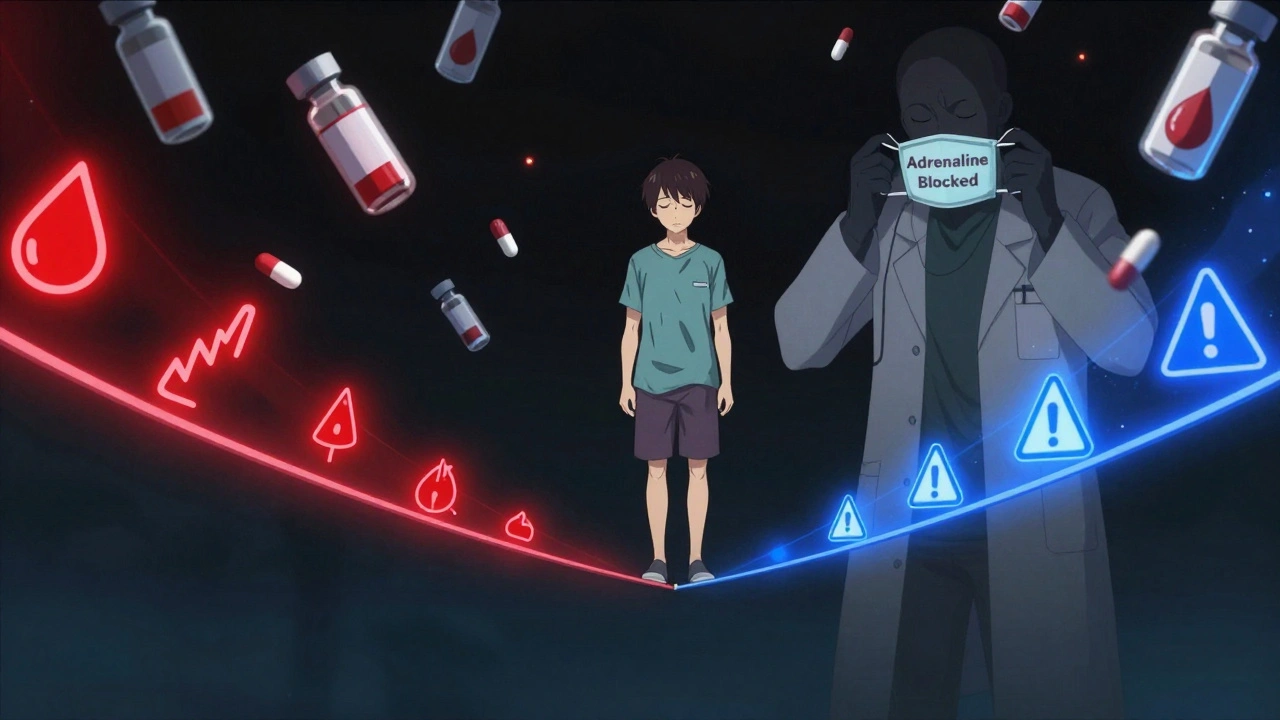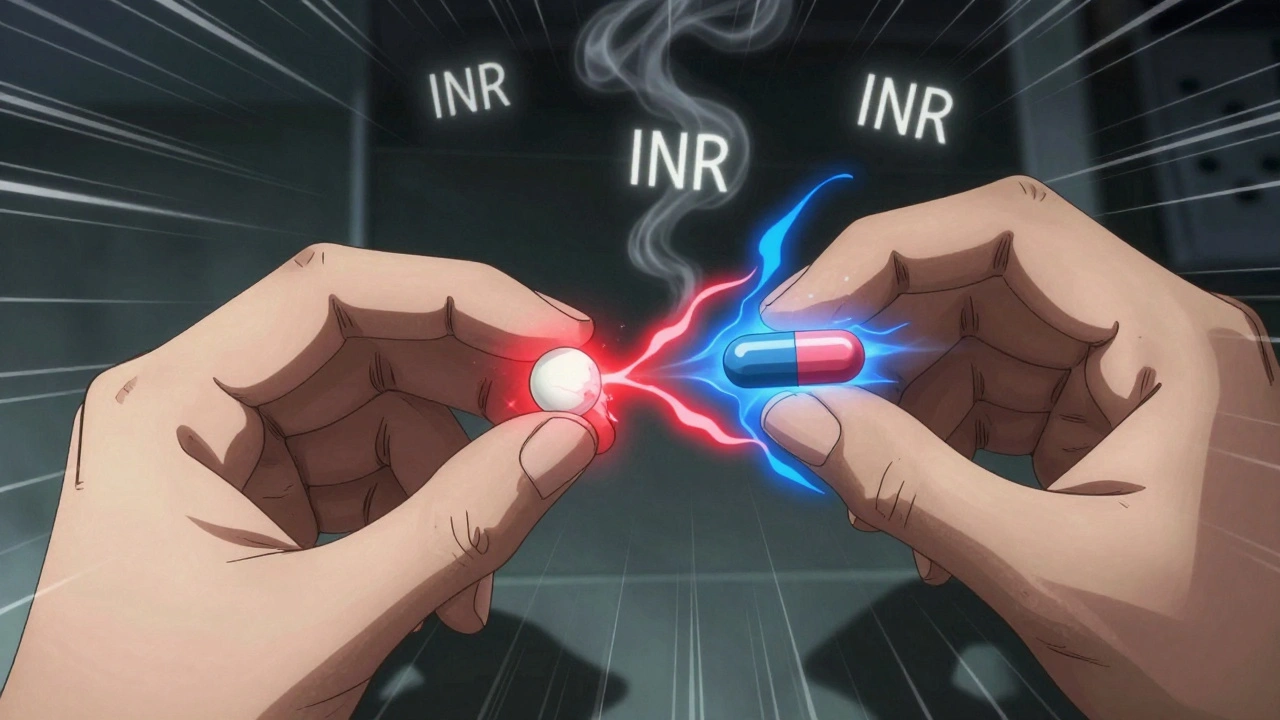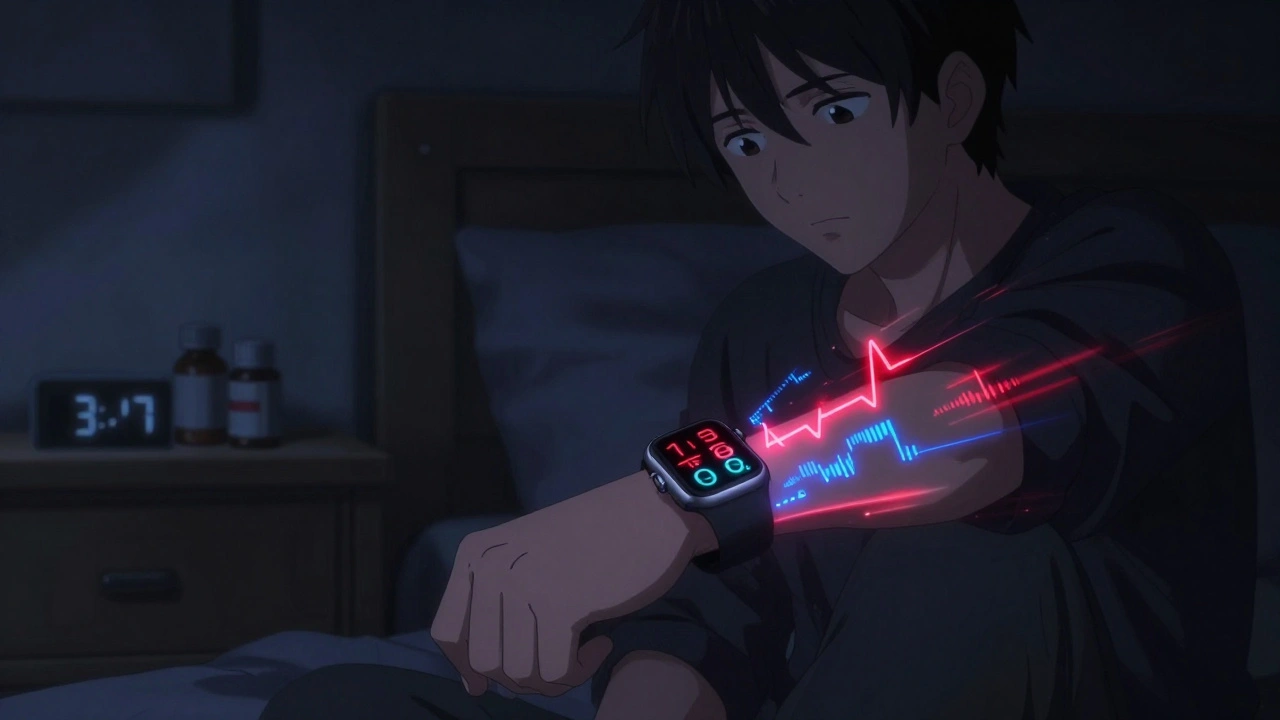Herpes Labialis: Causes, Triggers, and What Actually Helps
When you feel that familiar tingling around your lip, it’s usually herpes labialis, a common viral infection caused by the herpes simplex virus type 1 (HSV-1). Also known as cold sores, it’s not just a cosmetic issue—it’s a recurring condition that can flare up due to stress, sun exposure, illness, or even just a tired body. About 67% of people under 50 carry HSV-1, according to the World Health Organization, but not everyone gets visible sores. For those who do, the outbreaks can be unpredictable and frustrating.
Herpes labialis isn’t caused by poor hygiene or being "dirty." It’s spread through direct contact—kissing, sharing utensils, or even touching a sore and then your eye. Once you have it, the virus stays in your nerves for life. What changes is how often it wakes up. UV radiation, especially from sunlight or tanning beds, is one of the top triggers. Stress, whether emotional or physical like a fever or surgery, also kicks it into gear. And yes, your immune system being down from lack of sleep or poor nutrition plays a role too.
There’s no cure, but there are ways to shorten outbreaks and reduce how often they happen. Antiviral creams like acyclovir or oral pills like valacyclovir work best when used at the first sign of tingling. Some people swear by lysine supplements, though the science is mixed. What’s clear? Sunscreen on your lips isn’t just for skin cancer—it’s a frontline defense against cold sore flares. Keeping your immune system steady with sleep, hydration, and less sugar helps more than you think.
What you’ll find below isn’t a list of miracle cures. It’s real, practical advice from people who’ve lived with this, and from the science that actually checks out. You’ll see how certain meds compare, what lifestyle tweaks make a difference, and how to avoid common mistakes that make outbreaks worse. No fluff. No fear-mongering. Just what works.
Cold Sores vs. Pimples: How to Tell Them Apart and Treat Them Right
Cold sores and pimples look similar but are totally different. Learn how to tell them apart by location, sensation, and appearance-and what treatments actually work for each.






